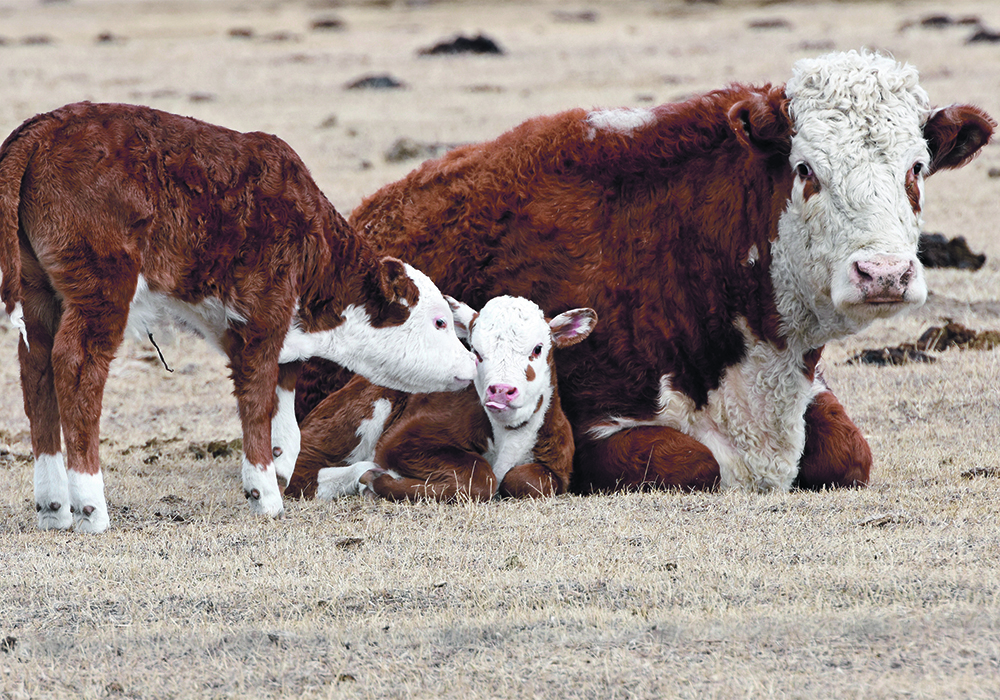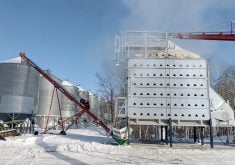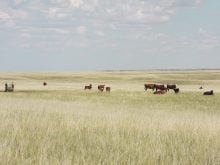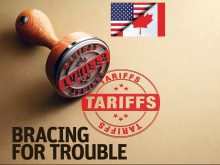Cow-calf producers worry holding back feeder cattle to better match slaughter capacity will lower prices for their calves
Calves being born in herds across Western Canada are the start of a beef supply chain now weakened by one link: slaughter plants closed or running at reduced speeds as workers contract COVID-19.
Members of the Western Stock Growers Association are among the producers of those calves and they have concerns about a proposed set-aside program designed to hold back fed and feeder cattle to better match available cattle supply with available slaughter capacity.
A backlog of cattle in the system would inevitably reduce market prices for weaned calves when it comes time to sell them in the fall and prices for all cattle are already low. If feedlots are full of cattle being maintained while they await shackle space, there won’t be a place for this year’s calves and most cow-calf producers don’t have facilities to keep and feed them on the farm.
Read Also
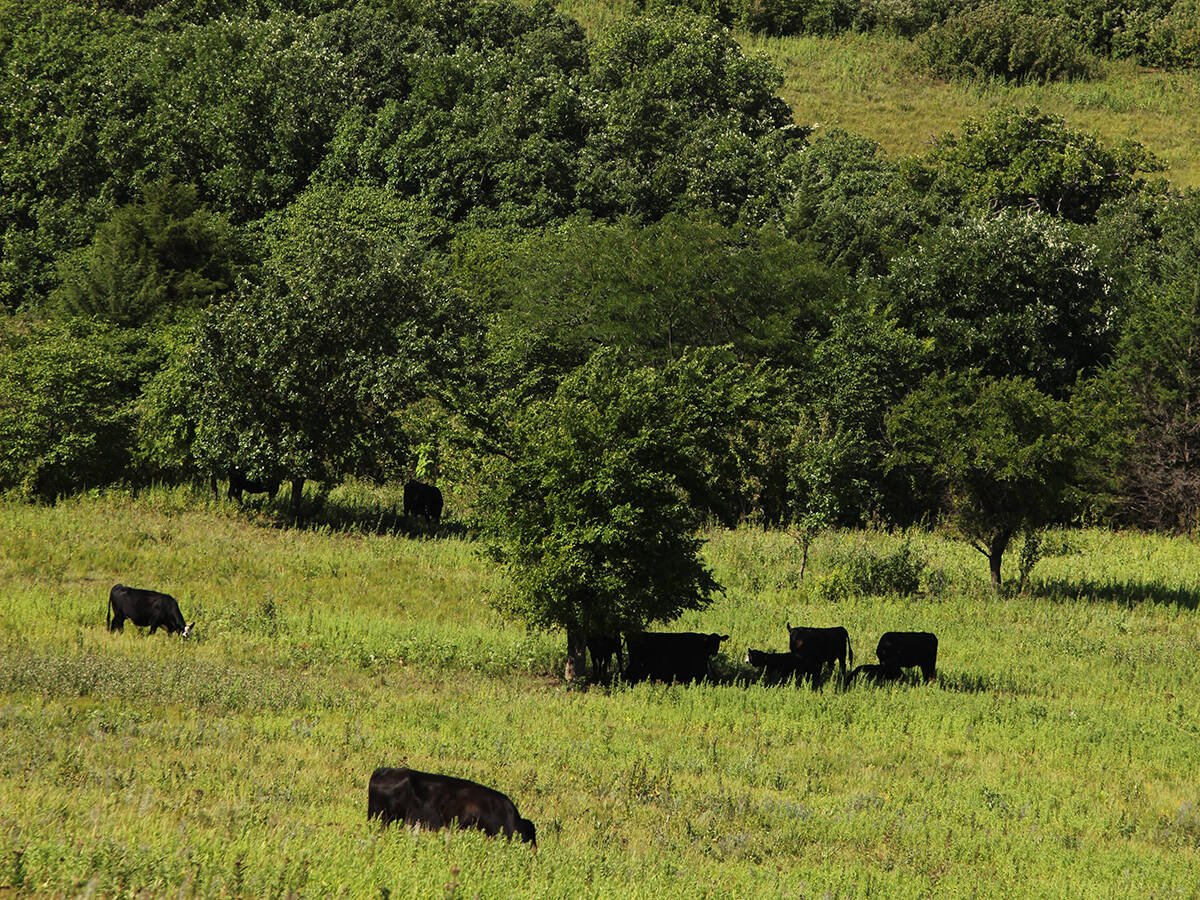
Beef cattle more prone to trace mineral deficiencies
The trace mineral status of our cows and calves is a significant challenge for western Canadian producers and veterinarians.
“The concerns we have with (the set-aside proposal) are that we’re going to build this backlog of cattle that will roll forward because the supply chain is already full of cattle progressing towards finish, and quite frankly that includes the calves born last week or last night,” said WSGA member Bill Newton.
“Those are cattle in the live cattle supply chain already and so they have to come out the other end at a certain point.”
Though not opposed to a set-aside plan, “we are concerned with the possible unintended consequences of a set aside and we’re also very concerned with the details of how a set-aside program will work.”
WSGA president Callum Sears said members agree with other groups in the sector that the top priority is to maximize cattle slaughter and get it back up to speed as soon as possible, so long as worker safety can be adequately protected.
But dealing with the potential backlog of cattle created by a set-aside, and seeing the bulk of funds flowing to finishing feedlots, are two major concerns. The BSE crisis in the early 2000s was the last time a set-aside program was used.
“There is a strong and lingering perception in the cow-calf sector that the BSE recovery programs primarily benefitted the feedlot sector and that the trickle down effect (to cow-calf producers) was weak at best,” the WSGA said in its response to the current proposal.
“Certainly the decline in the Canadian cowherd since 2005, now at the lowest level in some 35 years, gives at least some credence to that perception.”
Newton said members also wonder if slaughter plants in Canada and the United States will ever regain their previous capacity, even with a full complement of workers, given modifications most plants have made to minimize workers’ health risks.
There’s also the question of whether beef demand will return to pre-pandemic levels, although international demand appears to be strong.
Given current challenges, it seems likely that Canada’s cow herd will shrink yet again and that doesn’t bode well for the future of the industry when the pandemic is over, said Sears.
“Since first decimating the cowherd post BSE, we have become dependent upon imported feeder cattle to fill Alberta’s feedlots. If we don’t get it right in this current crisis, we could be even more dependent when it’s over. Without a solid cow-calf sector, the Canadian beef brand value promises don’t hold merit,” said Sears.
The Canadian Cattlemen’s Association has put forward the set-aside proposal based on the one implemented during the BSE crisis. It dealt with the Canadian oversupply of cattle in Canadian packing plants caused by closure of international borders and the resulting price plummet.
Dennis Laycraft, executive vice-president of the CCA, said in a recent news conference that about 27,000 producers left the industry post-BSE and about five million acres of grassland were converted to crop production.
In a later talk, Laycraft said higher heifer retention to expand the domestic cattle herd might be an option for some if the fed and feeder cattle accumulation persists.
The set- aside program during BSE was partially funded by the federal government, which has again been asked to fund a program during the current crisis, though this one is international in scope.
Sears said federal funding might bail out the retail, packer and feedlot sector but would ultimately be paid for by the cow-calf sector.
The average age of cow-calf producers on the Prairies is another factor at play, added Newton.
“I think undoubtedly we are going to stress that sector again and too many of them are my age and getting tired of having one black swan event after another and they just are going to exit. And that’s certainly not good for the entire industry.
“We can’t sustain a national beef industry without a strong cow herd.”
The term black swan refers to a rare event of wide-reaching consequences.
Complete details of the WSGA’s concerns and alternative proposals can be found here.


